2,000 Workplace Eye Injuries Each Day
Each day, about 2,000 US workers sustain a job-related eye injury that requires medical attention.
According to the National Institute for Occupational Safety and Health, about one-third of these injuries require treatment in hospital emergency departments and more than 100 of these injuries result in one or more days away from work. An eye opening 10-20% of these injuries will result in temporary or permanent vision loss!

Not surprisingly, 90% of workplace eye injuries can be prevented with proper eye protection. This protection includes safety glasses or goggles made of shatter-resistant, polycarbonate plastic, face shields, and welding helmets. Always remember to protect your eyes and take advantage of the safety measures meant to protect you. Too many times, we see people injured because they fail to use protection due to the inconvenience, discomfort, or appearance of safety equipment. Don’t become one of the statistics.
Knowledge Work is Not Immune to Eye Related Injuries
Desk jobs can adversely affect your vision. Long, uninterrupted time spent staring at a computer can lead to computer vision syndrome. This can cause burning eyes, stinging, headaches, blurred vision, twitching and physical fatigue. Especially if you are squinting all day. Comfort is key!
If you spend a large portion of your day in front of a computer screen, remember the 20/20/20 rule. Take a 20 second break from the computer every 20 minutes and stare at something at least 20 feet away from you. Remember to blink, since staring at a computer screen decreases your blink rate causing evaporation and dry eye challenges. Use artificial tears as needed to help treat any underlying dry eye symptoms.
Remember to get regular eye exams, since your eye doctor can provide you with sound advice and tools to help you reduce or eliminate the symptoms of computer vision syndrome. Most people feel that vision is their most important sense. Protect it. These straightforward recommendations should provide you with everything you need to protect your eyes at work!
Jonathan M. Frantz, MD, FACS and Roger Paez, OD
